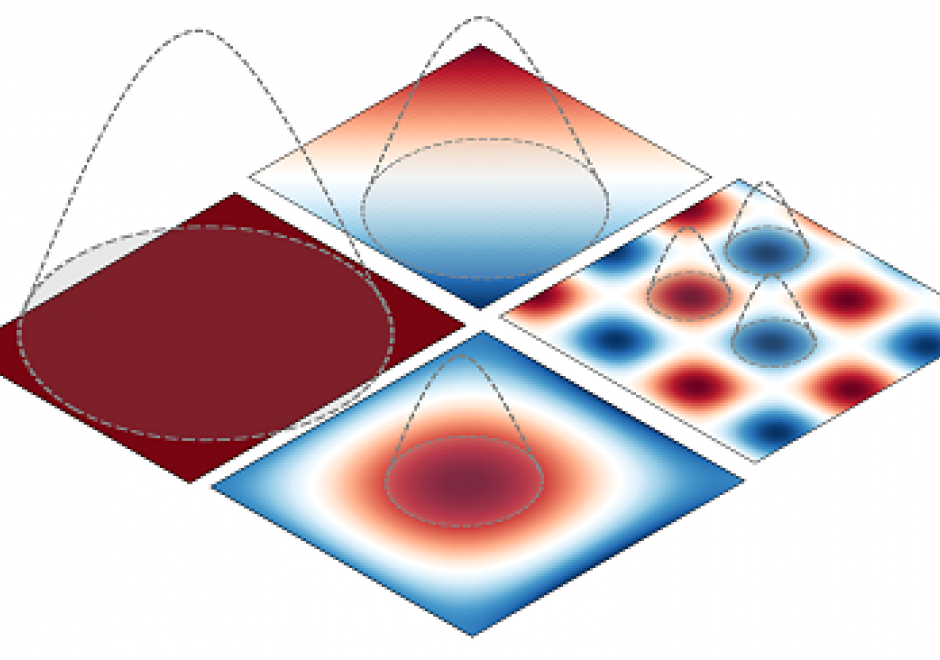AM-23 - Local Measures of Spatial Association
Local measures of spatial association are statistics used to detect variations of a variable of interest across space when the spatial relationship of the variable is not constant across the study region, known as spatial non-stationarity or spatial heterogeneity. Unlike global measures that summarize the overall spatial autocorrelation of the study area in one single value, local measures of spatial association identify local clusters (observations nearby have similar attribute values) or spatial outliers (observations nearby have different attribute values). Like global measures, local indicators of spatial association (LISA), including local Moran’s I and local Geary’s C, incorporate both spatial proximity and attribute similarity. Getis-Ord Gi*, another popular local statistic, identifies spatial clusters at various significance levels, known as hot spots (unusually high values) and cold spots (unusually low values). This so-called “hot spot analysis” has been extended to examine spatiotemporal trends in data. Bivariate local Moran’s I describes the statistical relationship between one variable at a location and a spatially lagged second variable at neighboring locations, and geographically weighted regression (GWR) allows regression coefficients to vary at each observation location. Visualization of local measures of spatial association is critical, allowing researchers of various disciplines to easily identify local pockets of interest for future examination.


AM-34 - The Geographically Weighted Regression Framework
Local multivariate statistical models are increasingly encountered in geographical research to estimate spatially varying relationships between a response variable and its associated predictor variables. In geography and many other disciplines, such models have been largely embedded within the framework of regression and can reveal significantly more information about the determinants of observed spatial distribution of the dependent variable than their global regression model counterparts. This section introduces one type of local statistical modeling framework: Geographically Weighted Regression (GWR). Models within this framework estimate location-specific parameter estimates for each covariate, local diagnostic statistics, and bandwidth parameters as indicators of the spatial scales at which the modeled processes operate. These models provide an effective means to estimate how the same factors may evoke different responses across locations and by so doing, bring to the fore the role of geographical context on human preferences and behavior.